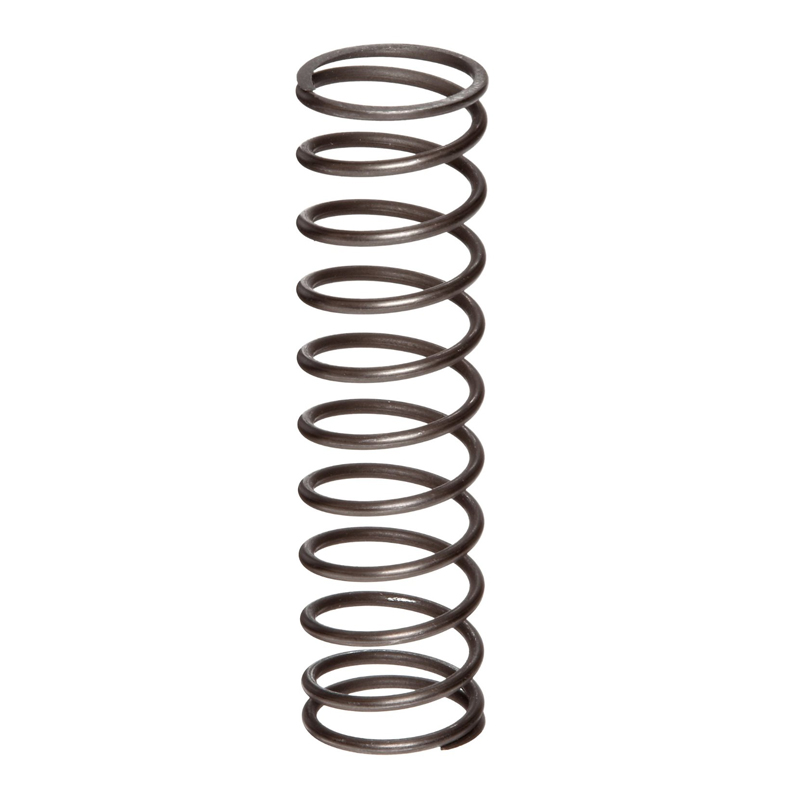
- Mobile Phone
- +8613931874955
- sales@cntcmetal.com
Creative Uses for Garden Wire in Landscaping and DIY Projects to Enhance Your Outdoor Space
The Versatile Uses of Garden Wire
Garden wire, often overshadowed by more glamorous gardening tools, is an essential item for any gardener. Made from various materials—steel, aluminum, or even plastic—garden wire is employed for a multitude of purposes, making it an invaluable asset in both professional and amateur gardening. Understanding its versatility can help you unleash your creativity and enhance your gardening experience.
One of the primary uses of garden wire is for plant support. Delicate plants often require staking to grow upright and healthy. Garden wire can be fashioned into supports, helping to reinforce stems and keep them secure against wind and heavy rain. For instance, tomato plants, which can become top-heavy with fruit, thrive when supported with a careful arrangement of stakes and garden wire. This not only prevents breakage but also maximizes sunlight exposure, ultimately leading to a healthier harvest.
In addition to supporting plants, garden wire can be effectively used for creating trellises and other structures that encourage climbing plants to grow vertically
. This is particularly useful in small gardens where space is at a premium. By training vines such as cucumbers, peas, or clematis to climb up wire frameworks, gardeners can save ground space while adding height and visual interest to their gardens. Furthermore, a well-positioned trellis can act as a natural privacy screen, blocking unsightly views while drawing the eye upward.garden wire

Garden wire is also an excellent tool for crafting decorative elements and garden art. Creative gardeners can bend and twist wire into shapes to form sculptures, hanging bird feeders, or even unique planters. Adding these artistic touches not only elevates the aesthetic appeal of a garden but also offers a personal touch that showcases the gardener's creativity. Additionally, garden wire can be used to attach garden signs or labels, helping to organize and identify different plants or areas within the garden.
Another practical application of garden wire is in fencing and securing garden areas. For those looking to protect their plants from pests or create a boundary around their garden, garden wire can be a cost-effective solution. By weaving wire through wooden stakes or existing fencing, gardeners can create a barrier that keeps unwanted animals at bay. This can be particularly beneficial in urban settings where space is limited and gardens are vulnerable to outside influences.
Moreover, garden wire is useful in the realm of propagation. Gardeners can utilize wire to create a simple but effective support system for young seedlings or cuttings. By constructing small, wire-form cages around delicate new plants, gardeners can shield them from harsh environmental factors while allowing adequate light and moisture to circulate. This can be a game-changer in successfully nurturing young plants until they are robust enough to stand on their own.
In conclusion, garden wire may seem like a simple and humble material, but its applications are vast and varied. From providing essential support for plants to creating innovative garden designs, this unassuming tool can significantly enhance both the functionality and aesthetic of your gardening spaces. Whether you are a novice gardener or a seasoned horticulturist, keeping a roll of garden wire handy can open up new possibilities for plant care and garden design. Embrace this versatile tool, and watch as your garden transforms into a flourishing paradise.
share:
-
Your Source for Concrete Wall Ties and Masonry AccessoriesNewsJul.10,2025
-
Unlocking the Power of Iron Wire for Every ProjectNewsJul.10,2025
-
Explore Advanced Chain Wire and Stainless Steel Mesh FencingNewsJul.10,2025
-
Discover the Benefits of Annealed Wire ProductsNewsJul.10,2025
-
Discover China Stainless Steel Wire Mesh SolutionsNewsJul.10,2025
-
Build with Confidence Using High-Performance Masonry AccessoriesNewsJul.10,2025
-
Why Sacrificial Formwork Is Redefining Underground ConstructionNewsJun.06,2025



















